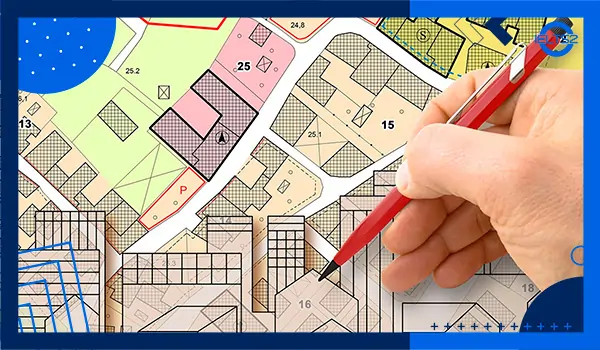📌 People buy new things instead of repairing their old things, whereas in the past people repaired their things.
Why is the case?
What problems it can make?
More samples on IELTS2.com
In contemporary society, a significant shift has occurred from a “repair and reuse” culture to a “replace and discard” one. This trend, driven by a complex interplay of economic and social factors, presents considerable environmental and societal challenges. This essay will explore the reasons for this phenomenon and the subsequent problems it generates.
The primary driver of this disposable culture is economic. Firstly, the mass production of goods, often in countries with lower labour costs, has made new products remarkably affordable. In many cases, the cost of repairing an item, which involves skilled labour and often expensive spare parts, exceeds the price of a brand-new replacement. Secondly, manufacturers actively encourage this cycle through planned obsolescence, designing products with a limited lifespan or making them technologically incompatible with future updates. Furthermore, aggressive marketing and the social status associated with owning the latest model create a powerful psychological impetus to upgrade, even when the existing item is fully functional.
This shift away from repair, however, creates severe problems. The most pressing is the environmental impact. The constant manufacturing of new goods consumes vast amounts of raw materials and energy, while the disposal of old items contributes to overflowing landfills and plastic pollution. E-waste, from discarded electronics, is a particularly toxic example, leaching hazardous materials into soil and water systems. On a societal level, this trend devalues craftsmanship and practical skills that were once commonplace. It also fosters a throwaway mentality, undermining values of thrift and sustainability. Economically, while it benefits manufacturers, it places a financial strain on consumers who are trapped in a perpetual cycle of spending, and it devastates local repair businesses that cannot compete with the low prices of new goods.
In conclusion, the modern preference for replacement over repair is largely a product of economic forces and sophisticated marketing strategies that make new purchases more convenient and socially desirable. However, the consequences are profoundly negative, leading to unsustainable environmental degradation, the erosion of practical skills, and long-term economic burdens for individuals and society. Addressing this issue requires a collective effort to value quality and longevity over mere novelty.
More Content for You
With the development of social media, more and more youngsters
تصحیح رایگان رایتینگ شما در کانال تلگرام ما




